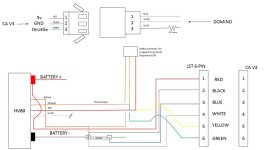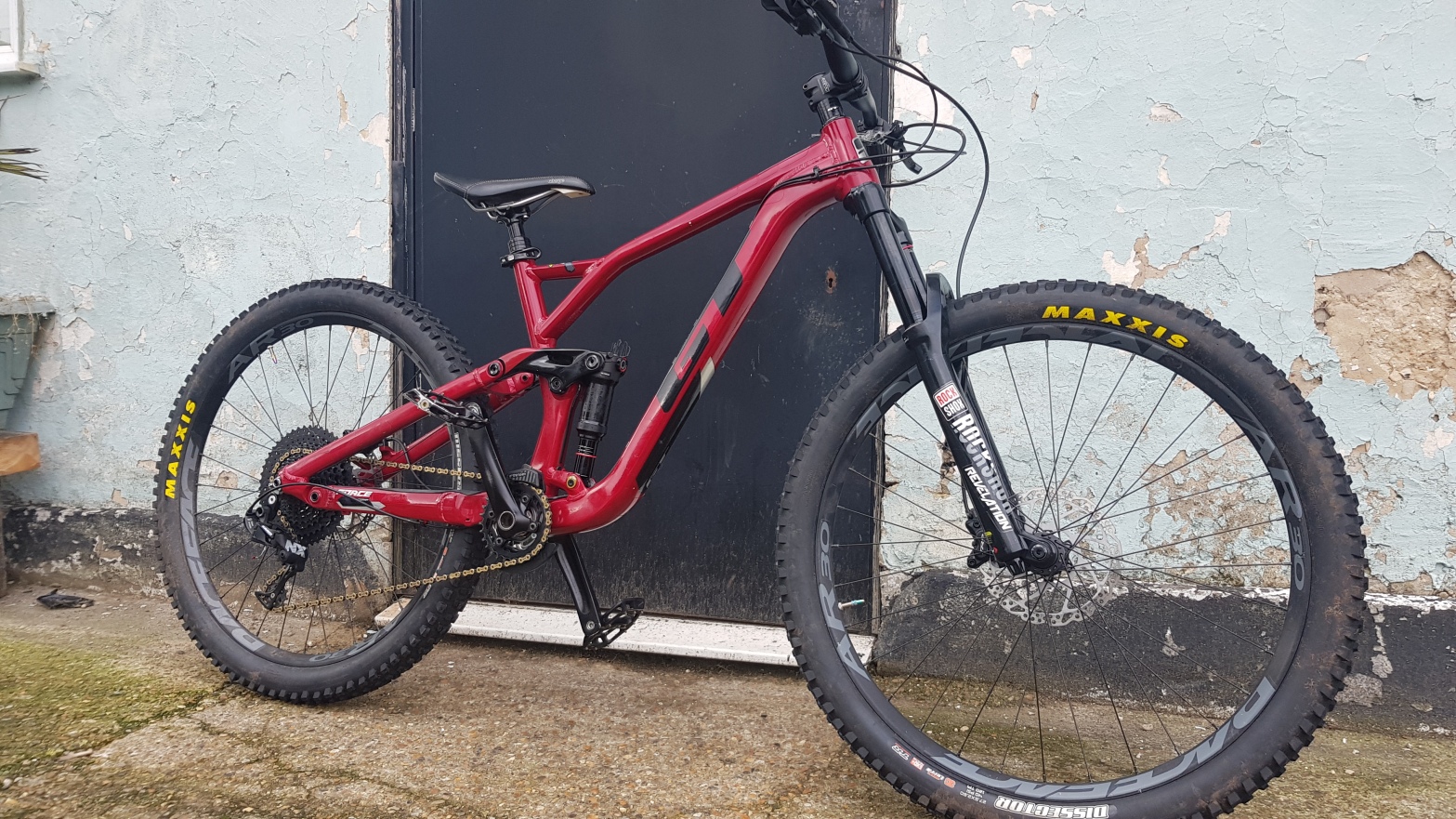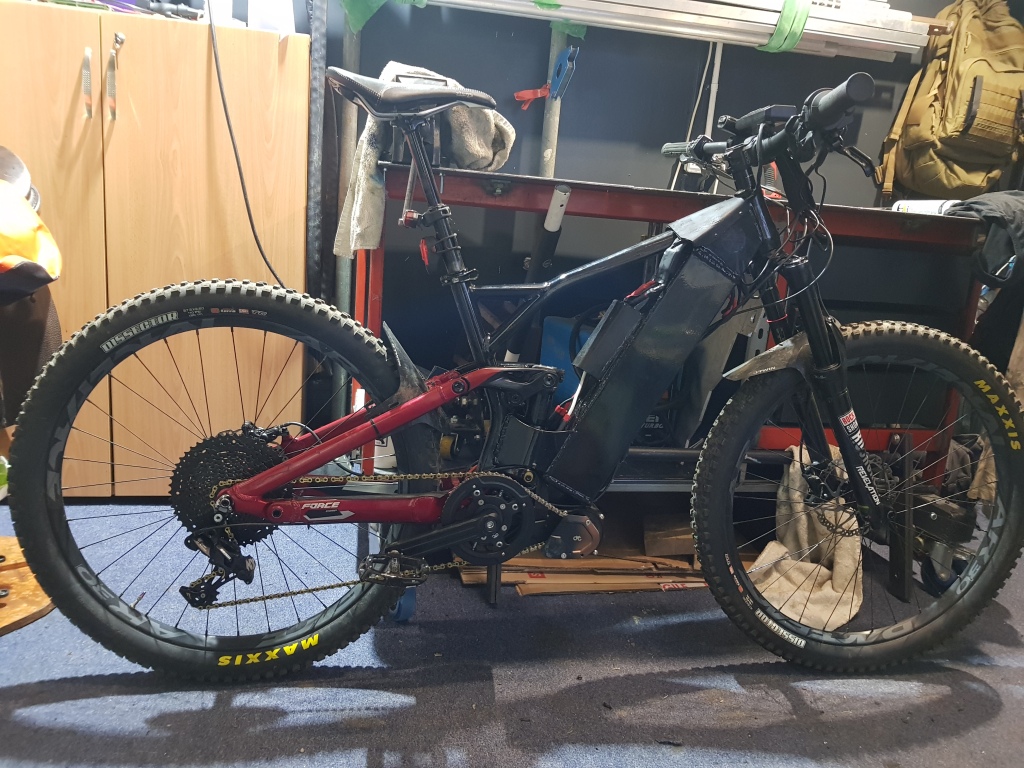Hi All,
I am in the process of rewiring the x1 pro 2 to run through the CA3 and am struggling to understand the settings required on the CA3 to get the torque sensor to work.
I am at the stage where I think the wiring to the CA3 is correct (as per a previous thread where someone else has done it), red, black, white and green wires from cyc torques sensors to white (10v), black (ground), green( torque) and yellow (RPM) respectively on the CA3 torque sensor plug. so
cyc red to ca3 white, black to black, white to green, green to yellow
I have tried to set the CA3 torque sensor up as "custom", 2 wire, 32 poles (I believe the CYC torque sensor is 32 poles but may be wrong). The CA menu shows voltage values as changing, direction as correct but only one side of the P/D indicators moves when rotating (P side).
I get no motor response at this stage...not sure why yet...any help is greatly appreciated.
Also trying to figure out the domino wiring, I understand I need to put a 1k resistor somewhere in the mix but wiring diagrams are jibberish to me I am afraid!
I am in the process of rewiring the x1 pro 2 to run through the CA3 and am struggling to understand the settings required on the CA3 to get the torque sensor to work.
I am at the stage where I think the wiring to the CA3 is correct (as per a previous thread where someone else has done it), red, black, white and green wires from cyc torques sensors to white (10v), black (ground), green( torque) and yellow (RPM) respectively on the CA3 torque sensor plug. so
cyc red to ca3 white, black to black, white to green, green to yellow
I have tried to set the CA3 torque sensor up as "custom", 2 wire, 32 poles (I believe the CYC torque sensor is 32 poles but may be wrong). The CA menu shows voltage values as changing, direction as correct but only one side of the P/D indicators moves when rotating (P side).
I get no motor response at this stage...not sure why yet...any help is greatly appreciated.
Also trying to figure out the domino wiring, I understand I need to put a 1k resistor somewhere in the mix but wiring diagrams are jibberish to me I am afraid!




